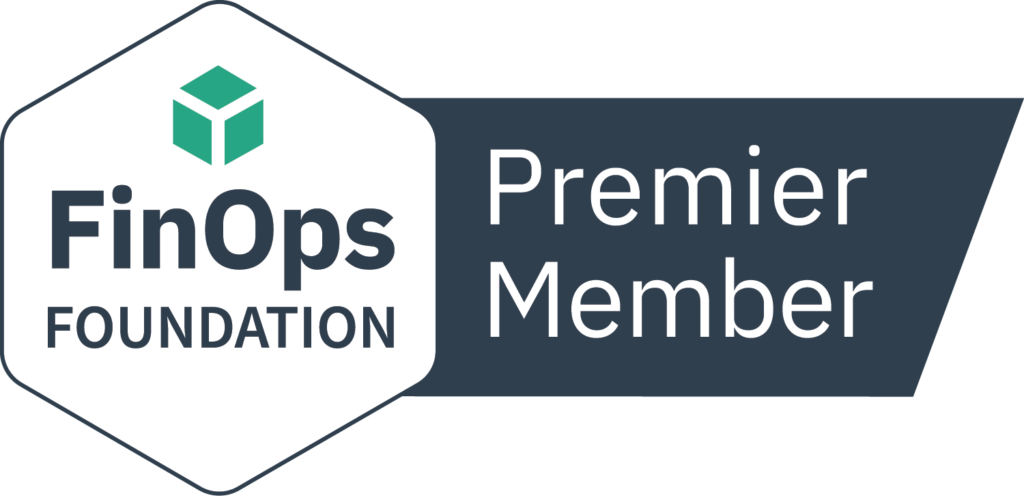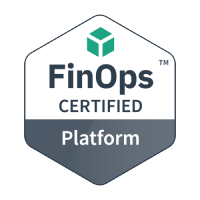Ready to start your FinOps journey?
Explore our infographic below for 10 steps to get started with FinOps.
10 steps to get started with FinOps
1. Join the FinOps Foundation
Engage with the community of practitioners to understand the definition of FinOps and the components of the FinOps Framework.
2. Foster communication between teams
Identify cross-functional stakeholders that should be involved in your FinOps practice across engineering, finance, product, leadership, etc.
3. Understand the types of FinOps tools
Discover the differences between native tools, cost management tools, FinOps-native platforms, point solutions, and homegrown solutions.
4. Evaluate and purchase a FinOps solution
Map your business use cases to key FinOps capabilities (e.g., allocation, forecasting, etc.) and determine which tool(s) best fits your business needs.
5. Define KPIs and milestones for the FinOps practice
Collaborate with key stakeholders to build a rollout plan for the FinOps practice and determine how success will be measured.
6. Create a standard taxonomy
Define naming conventions for tags, labels, and groupings to more easily report on and allocate costs.
Inform phase
7. Make sense of your cloud data
Analyze cloud data by business groups, evaluate spend against budgets, and perform showback (or chargeback) to establish cost transparency and drive accountability.
Optimize phase
8. Improve efficiency
Terminate unused infrastructure and rightsize resources to eliminate waste. Centralize decision making for purchasing and managing commitment-based discounts.
Operate phase
9. Build workflows and iterate
Drive organizational adoption of FinOps through policy implementation, training programs, and alignment of FinOps KPIs to shared business objectives.
10. Repeat steps 7 through 9
Continue to cycle through the three phases of FinOps: Inform, Optimize, and Operate to mature your FinOps practice.

